It was the best spot. I approached it carefully. But the doe met me before dawn. She scooted off. The rack of the buck in her wake tore noisily through the shrub pines.
In forest, I’d have had no salvation. But this was a tiny island of cover in a great sea of low, dun-colored grass. A couple of hours later, glassing across it, I caught a wink of white against a dark strip of oaks half a mile off.
Distance hadn’t put the deer forever beyond reach; it had put them at ease where I could still see.
But prairie gifts are conditional. I had no cover for another try. Over the next hour, sometimes crawling, I wound between bald humps and across barren flats, then waded a frigid creek.
The doe spotted me, chin to earth, bellying to a rise. She froze as antlers floated through a gap in the fescue. My rifle raked past it. The bullet clipped grass and caught shoulder with a “thwuck!”
Some places in the West, whitetails are displacing mule deer. It’s no assault. Habitat has changed to favor game that abides year-round contact with people. Once-remote ranges are ATV-accessible; rifles hurl bullets farther than deer sense threat. Migrating mule deer succumb to hazards on travel routes and to severe winters on native shrub-steppe, while whitetails get fat on farm fringes and better use scant cover to elude not only hunters but natural predators.
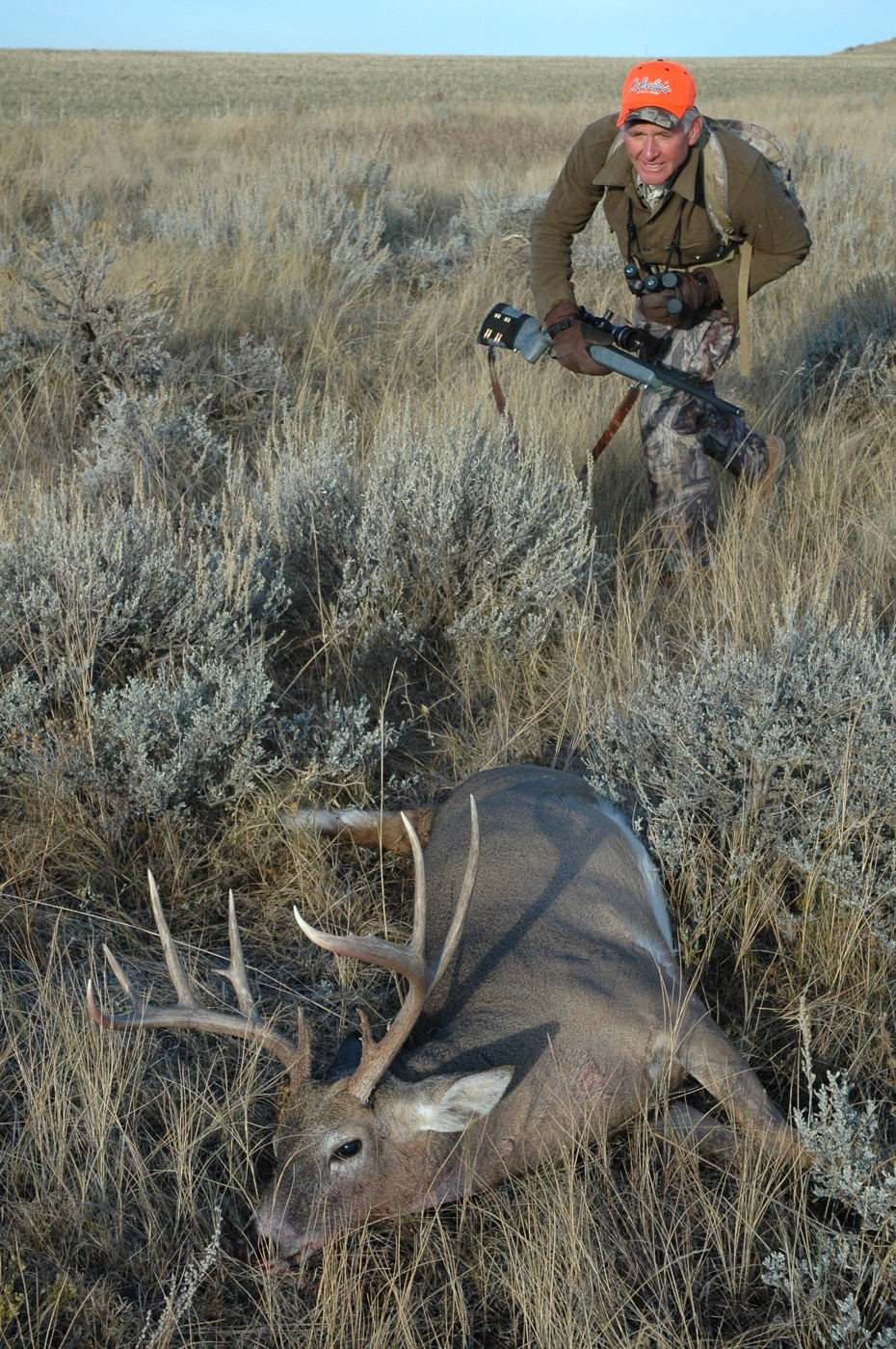
Thirty years ago, to take pressure off diminishing mule deer herds in Okanogan County and other storied game fields, the state of Washington extended whitetail seasons through the rut. Mule deer hunters were held to a nine-day slice of October. Then a wildlife agent in the state’s northeast sector, I saw many big whitetails pulled from small farms. (Increasing pressure on these deer later prompted the Department of Game to lop Thanksgiving week from whitetail seasons.)
A New Path for Grassland Deer
Friends introduced me to deer hunting on the northern plains. A patchwork of private, public and tribal tracts, this prairie bleeds into Dakota badlands in the east and fertile Palouse ag land west of Idaho’s panhandle. A glance doesn’t reveal the topographic relief and brushy cover that shields and feeds resident deer. Native grasses and shrubs still define much of this country, albeit poor soil, overgrazed by livestock, gives way to invasive plants like cheat-grass that offer little nutrition after June.
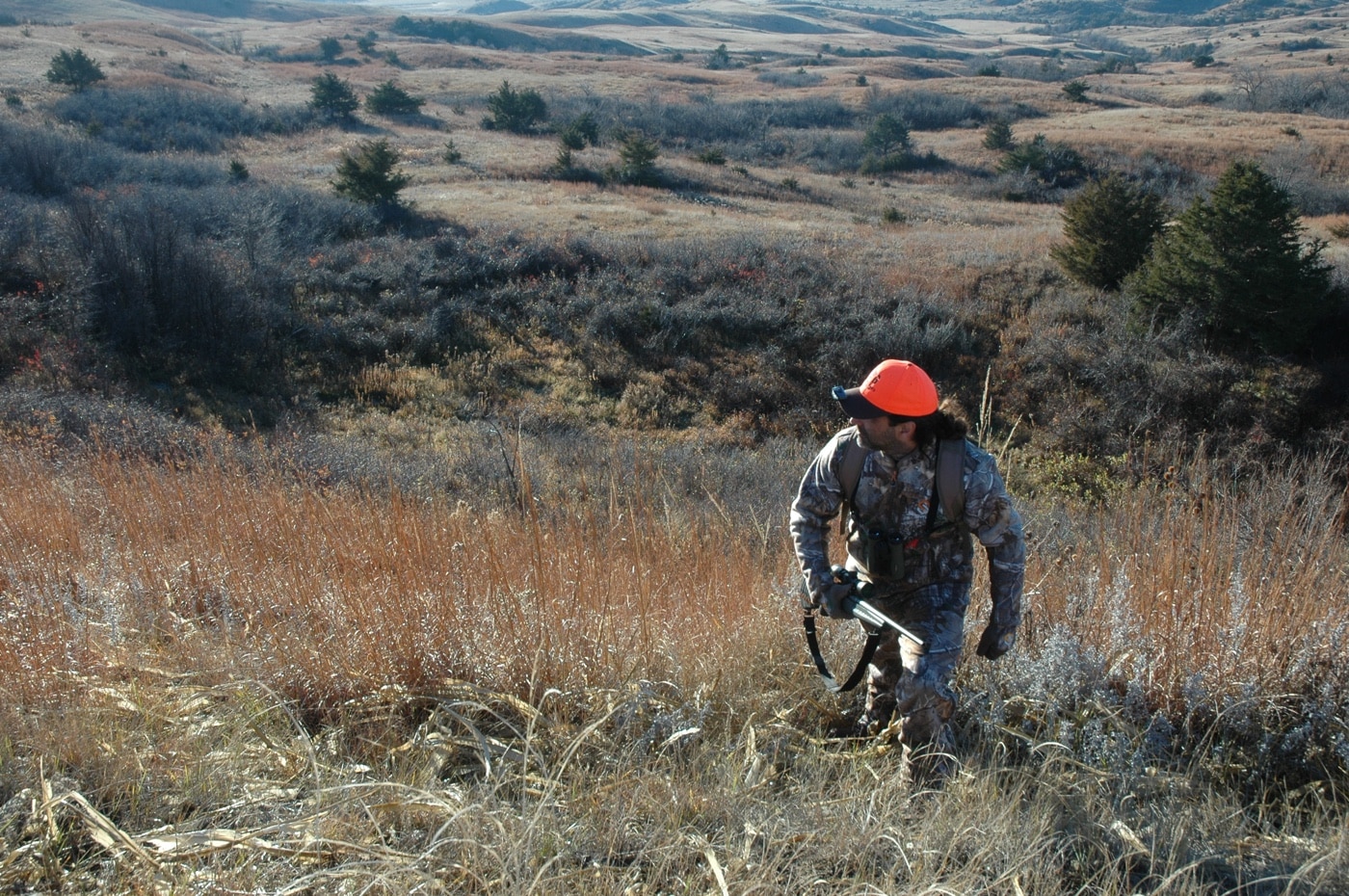
Successful hunters on the prairie adapt their tactics to the terrain. A tree-stand has no value where there are no suitable trees or approach routes. Also, grassland bucks range widely foraging and searching for does. And crop harvests can move deer overnight. Corn is good deer cover until it’s cut!
Deer choose beds with an eye not only to concealment but to wind coverage, weather protection and escape routes. All are important, so woody cover that looks promising to us can be less appealing to deer. Bucks shun thickets popular with hunters.
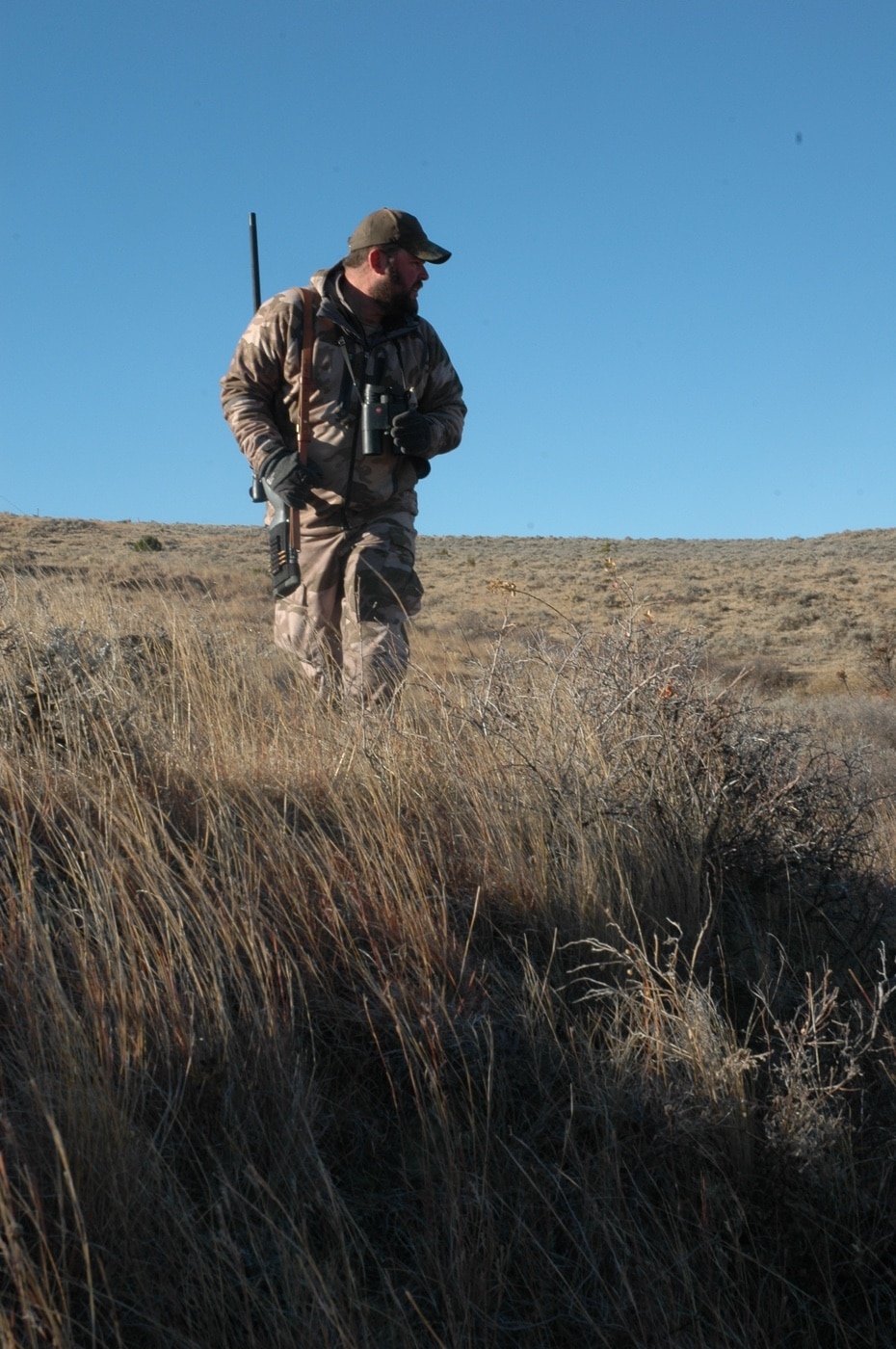
I like to still-hunt creek bottoms, also isolated plum thickets and cedar clumps that look too small to hold deer. Once after a long hike through grassy hills, I paused for a sit next to a lone cedar. I glassed, sipped water. After a few minutes, I rose. A buck burst from the cedar’s other side and galloped off. He’d lain within 12 feet of me. Nerves of steel!
New snow is a blessing, before and after a shot. Once, still-hunting, I spied a lone whitetail buck angling slowly off through scattered cedars. I managed to close the gap to 80 yards. Alas, the little .25-35 softnose sent through his ribs from my iron-sighted lever-action didn’t drop the deer or exit. The trail showed hardly any blood; but a dusting of new snow was enough to bring me into cover, where I saw the animal’s tail fringe and fired two finishing shots.
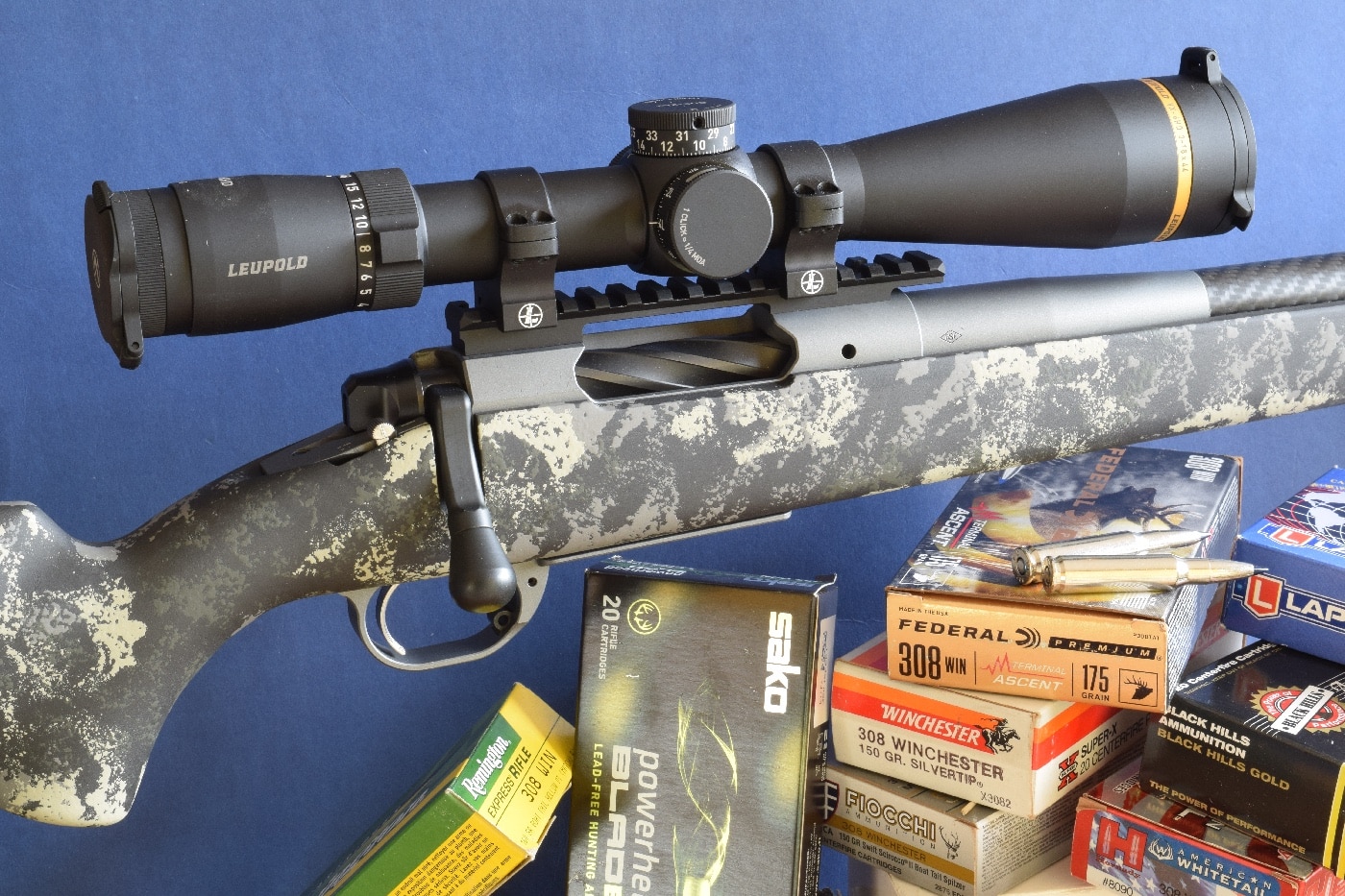
Cover can be driven, though savvy bucks routinely “out-think” hunters. One cold Montana dawn, two pals and I plotted the demise of a big buck that lived in a brushy creek bed. Two of us posted at likely exits. The buck rocketed up in front of the driver, who’d already filled his tag, and dashed behind him.
Closer Than You Think
However you hunt prairie deer, intelligent, persistent glassing with a high-quality binocular is a big help. Deer are hard to see mainly because they appear in shards, not as statues. You may see any part of a buck, from any angle. Even when most of the torso is visible, shadows can confuse. They turn warm colors dark. In grass as in woods, deer come to your eye as swatches of earthen hues on background little different. Even a deer’s coat texture, musculature and bone structure can reach your eye as background. Your brain lusts for a recognizable buck, a nut-brown creature with white accents. Shine on a black nose. And of course, ivory-tipped antlers.
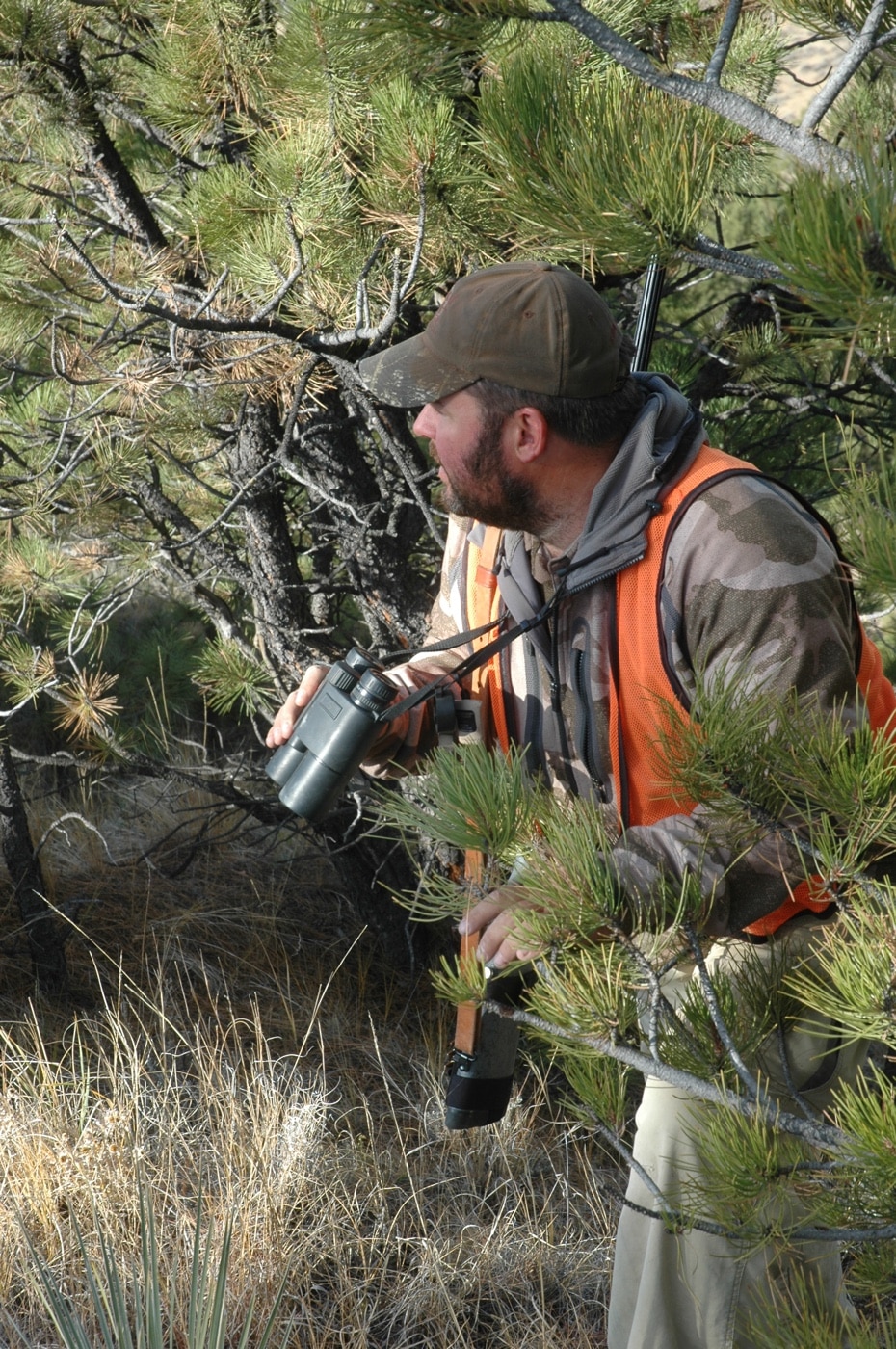
Unwittingly, hunters overlook deer that are mostly exposed, dismissing them as background, thus irrelevant. Sometimes you’ll find deer by looking for what might not be background.
Look close first, then far. A deer you miss nearby is a chance lost. Distant deer aren’t as quickly alarmed. Look low. Engaging other people, we meet their eyes. Road signs, like our computer screens and most appliances, are fashioned so we can view or control them looking straight on. But a whitetail stands just 30 to 40 inches at the shoulder. Ankle-high grass hides the torsos of bedded deer.
A binocular’s magnification tempts hunters to look far and keep the lens focus there. But close is where you want to see deer; if you thought they’d be out yonder, you’d be out yonder! A bino’s primary task is to reveal detail. While resolving power helps your eye sift deer from distant vegetation, it can also show you bucks nearby. A wink of light on eye or antler, a hyphen of back-line, the curve of an ear — all are details easy to miss with the naked eye, even when they’re short yards away. In thickets, I focus my binocular as close as 20 steps, so details appear for what they are where instant recognition matters.
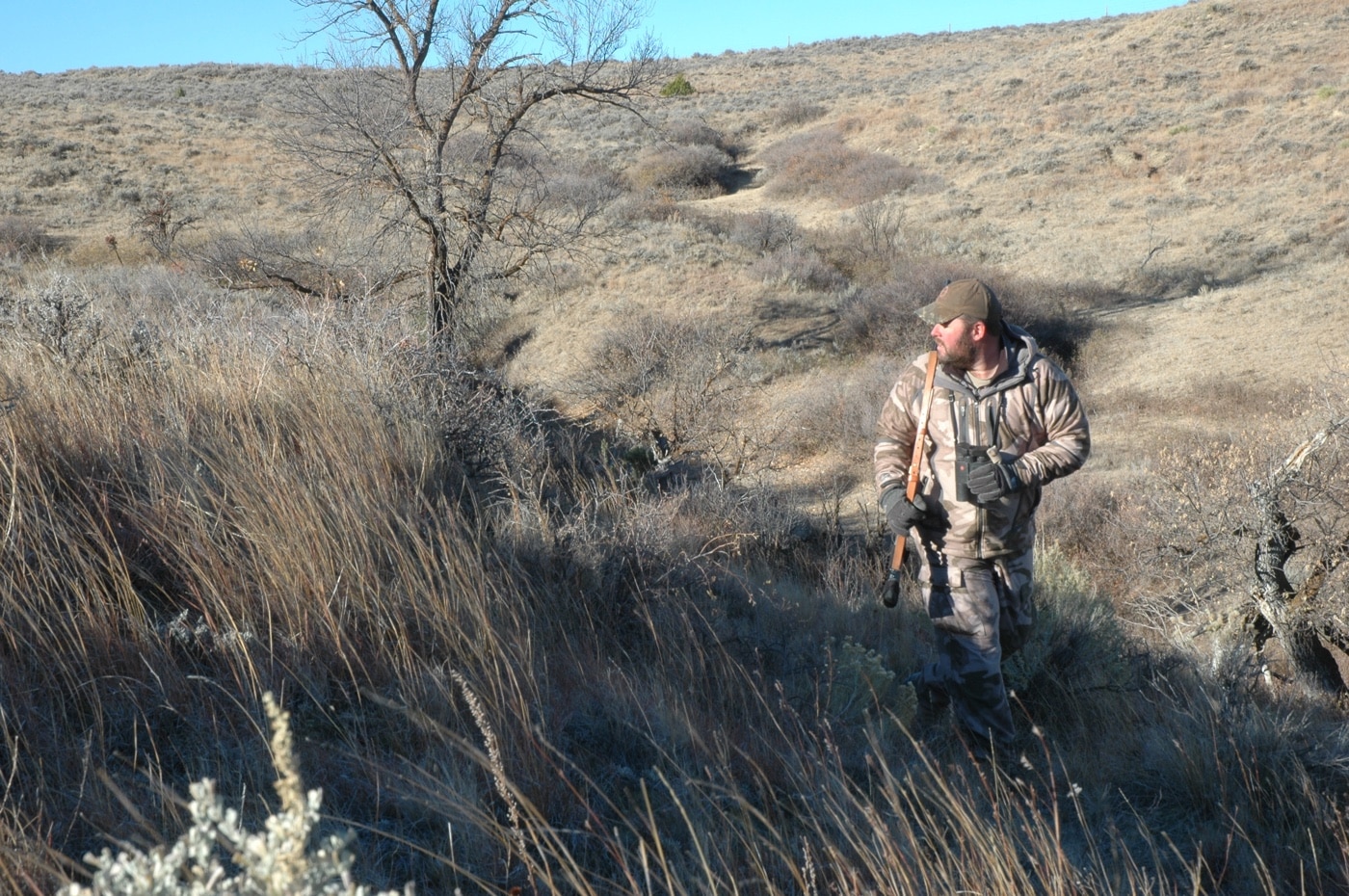
A deer that wants to see something clearly stands very still. You’re smart to do the same. Cover sliding by obscures the flick of an ear or tail. Stop often to look, where you can glass behind and to the sides, as well as forward. Each step opens new windows into cover. Remember that grass is deer cover, too! Read a section as if reading a page in a book, holding the binocular still. Panning blurs — erases! — detail. When wind allows, hunt with a low sun behind you, illuminating deer ahead and blinding them to your silhouette.
The best bino is one you’ll use often. The more you glass, the more deer you’ll see. I favor a trim, lightweight, low-power binocular that’s easy to carry still-hunting. Its wide field delivers a quick read of a reasonable span of cover without tempting me to pan. That field doesn’t bob about uncontrollably in wind or when I’m breathing hard. Modest magnification also yields a big exit pupil, for bright images at dawn and dusk. A bonus: more depth of focus in cover. I started hunting with a 7×35 B&L Zephyr. I bought it second-hand for $125, a lot of money 55 years ago. It’s still a fine glass! New lens coatings give top-end 8×32 binoculars from Leica, Zeiss and Swarovski an optical edge. They’re heavier. Leica’s laser-ranging 8×32 Geovid instantly shows you target distance, valuable info on the prairie! A good binocular is a good investment in better hunting, whatever the price.
Big binos are a burden. As binos have increased in size and weight, harnesses that distribute the load have replaced the traditional neck strap. I prefer a short strap. Unlike elastic harnesses, it keeps my bino above my chest, minimizing hand movement when I glass. The binocular doesn’t drag when I crawl. Adding or shedding layers of clothing, I needn’t fight my way out of, then struggle back into a harness.
Reaching Out
Rifles useful for hunting prairie deer are as common as mugs suitable for coffee. The best choice is what you like most. Ditto for loads and scopes. You’d expect Springfield Armory’s Model 2020 Boundary to appear in my list of appealing new bolt rifles. It does.
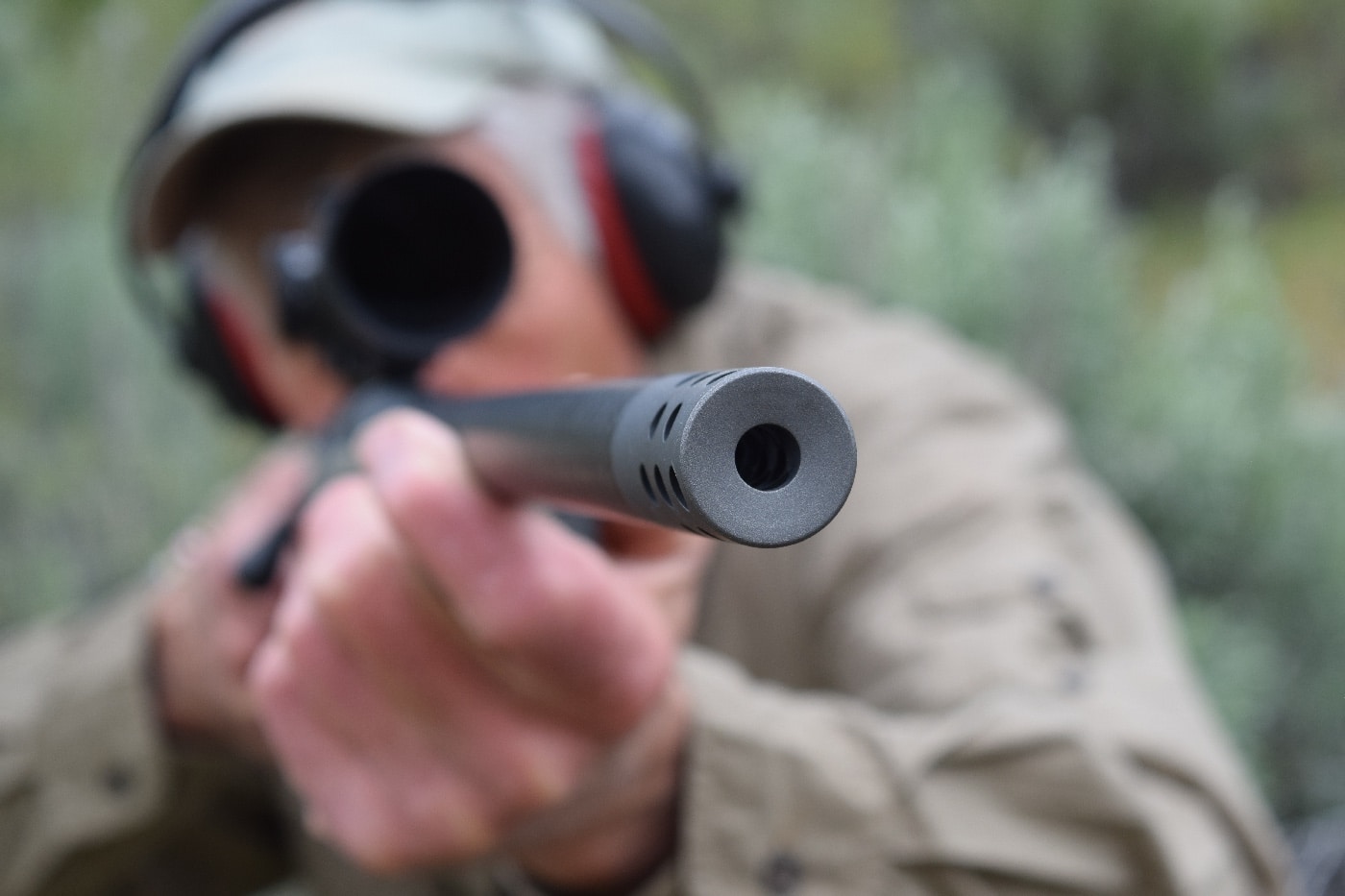
A sibling to Springfield’s Model 2020 Waypoint, the 2020 Boundary features a twin-lug bolt, spiral-fluted and nitrided, and easily disassembled without tools. Like the stainless receiver with integral recoil lug, the bolt is machined after heat-treating to ensure finished dimensions match specs. It slides piston-smooth through EDM-cut races. Dual cocking cams assist bolt lift. The two-detent side safety permits cycling when “on.” A TriggerTech trigger adjusts down to 2 ½ pounds. Lock time: a lightning-quick 1.9 milliseconds.
Fitted with a 6-inch Picatinny rail for scopes, the Boundary’ receiver — Cerakoted, to match the bottom metal and brake — is bedded in a hand-laid, pillar-bedded, carbon-fiber stock.
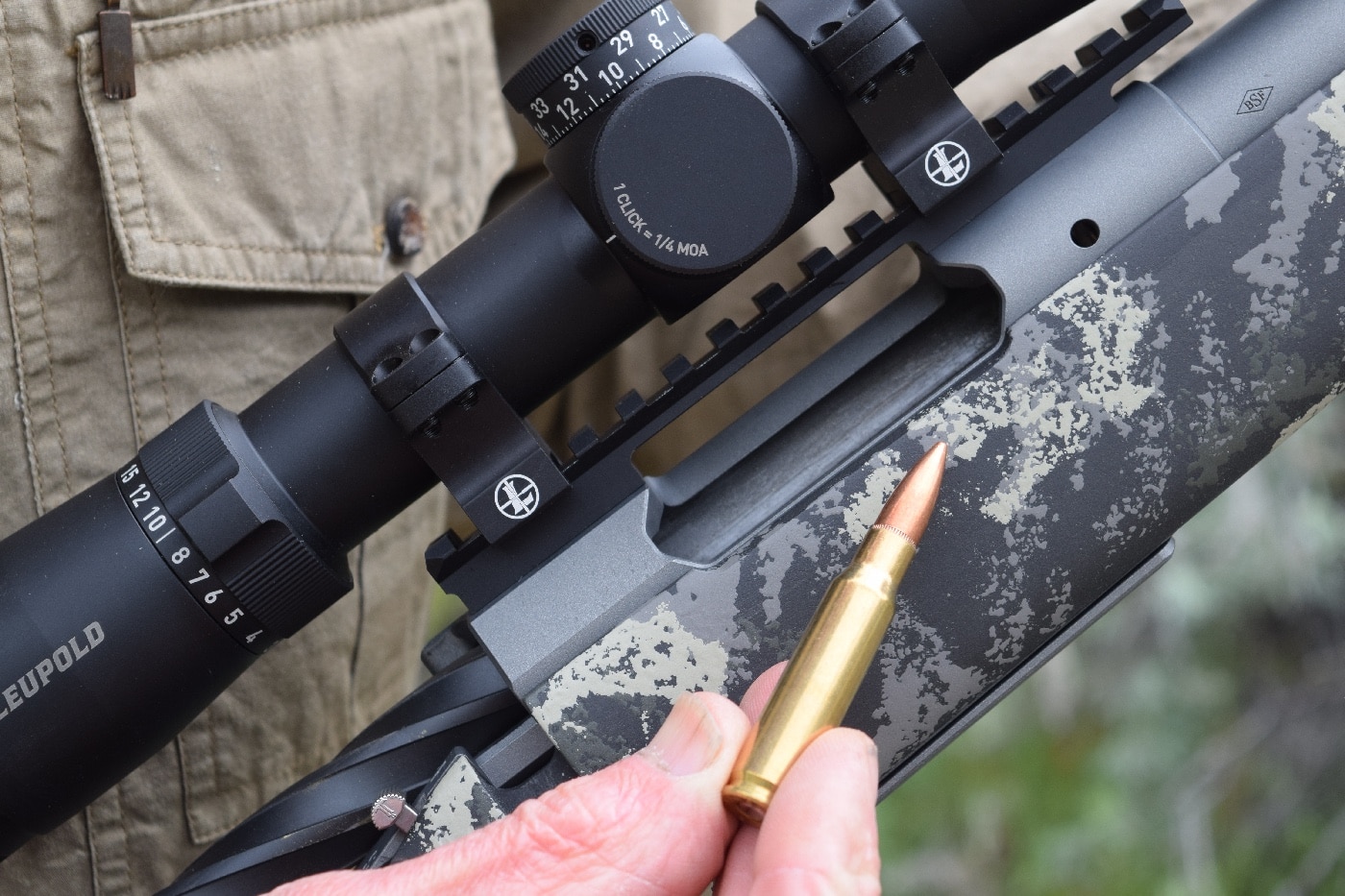
Springfield’s BSF carbon-fiber and fluted stainless barrels for the Boundary are bored for seven flat-shooting cartridges: .308 Win., 6.5 CM, 6.5 PRC, 7mm Rem. Mag., 7mm PRC, .300 Win. Mag., .300 PRC. The .308’s barrel on the Boundary in my rack is 20 inches long, the 6.5 Cm’s 22. Those two cartridges are my picks for prairie whitetails. The others, in 24-inch barrels, add more reach and recoil than necessary.
For hunting I prefer the Boundary’s “sporter” stock to the Waypoint’s. The straight comb is more slender, though still supportive. It naturally aligns my eye with scopes in low and medium rings. The grip makes for easier carry and quicker pointing than possible with the Waypoint. The fore-stock is trimmer, less angular in cross-section and 2 inches shorter than the Waypoint’s. It has two M-Lok slots; a left-side sling swivel pocket pairs with one on the butt-stock. I’d prefer traditional swivel studs on the rifle’s belly.
The Boundary’s push-feed cycling is slick and reliable. The bolt-face extractor, 5mm at its rim, is very strong and grabs cases securely. The plunger ejector gives cases an enthusiastic boot from 4 o’clock. While the ejection port isn’t huge, top-loading is easy.
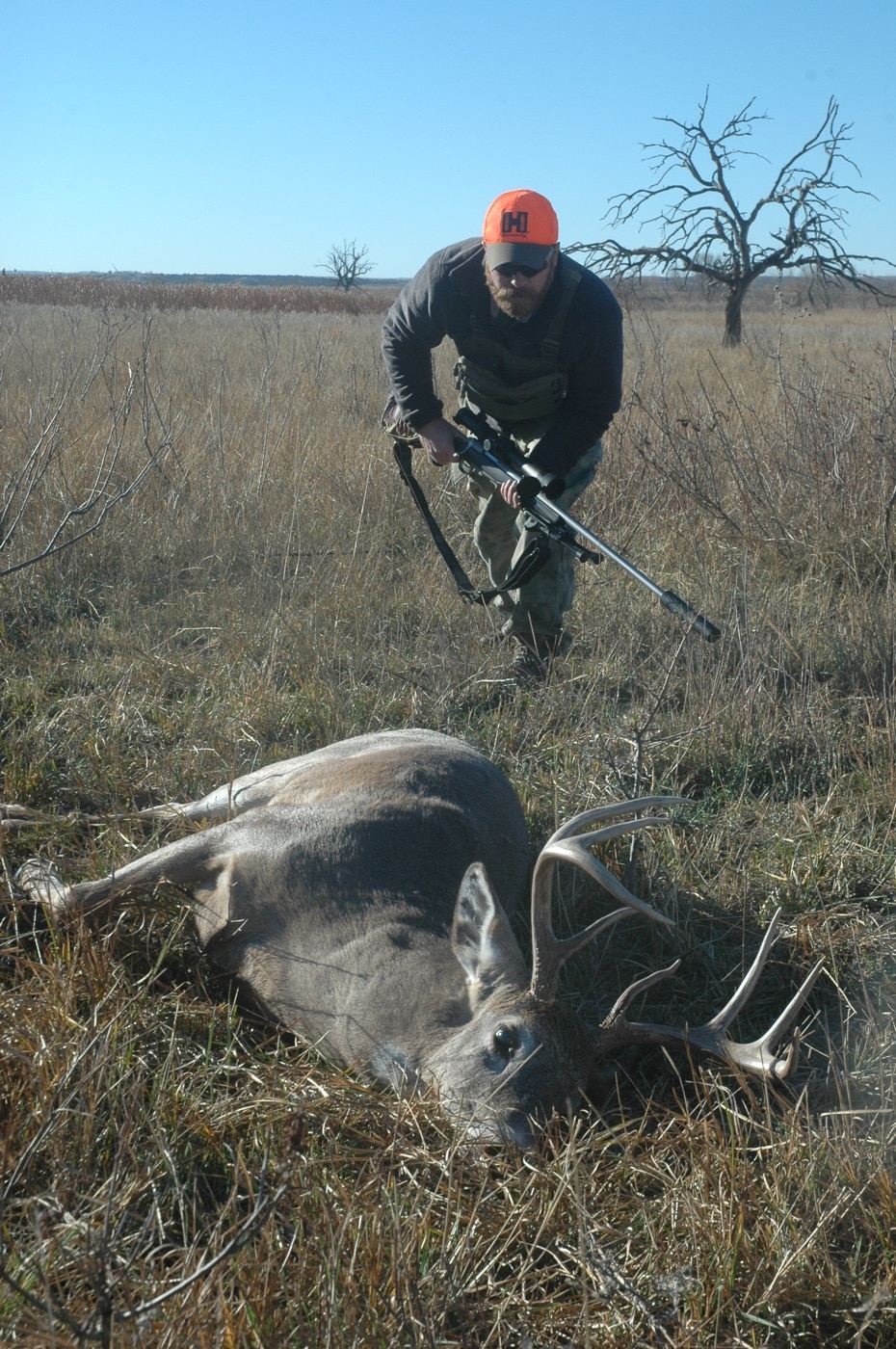
Springfield guarantees the 6½-pound Boundary to shoot into 3/4 MOA with three-shot groups of match loads. Firing 16 loads through two rifles, I got a sub-minute average, with several loads cutting half-inch knots.
[Don’t miss Wayne van Zwoll’s in-depth Springfield Model 2020 Boundary review for additional information on this bolt-action rifle.]
Best loads for whitetails on the plains? I like mid-weight bullets of traditional design. Winchester Power-Point, Remington Core-Lokt, Federal Power-Shok, Sierra GameKing, Hornady Spire Point. Nosler Solid Base bullets in Nosler’s new, appropriately named Whitetail Country are a great pick.
Despite their grand sprawl, the plains don’t demand long-range shooting. My average poke: under 150 yards. My biggest buck fell at 70. Your success on grassland deer depends on how well you hunt, not on how far you try to shoot.
Editor’s Note: Please be sure to check out The Armory Life Forum, where you can comment about our daily articles, as well as just talk guns and gear. Click the “Go To Forum Thread” link below to jump in!
Join the Discussion
Featured in this article
Read the full article here




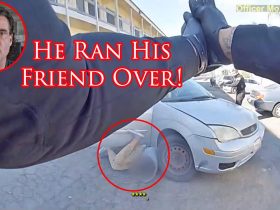
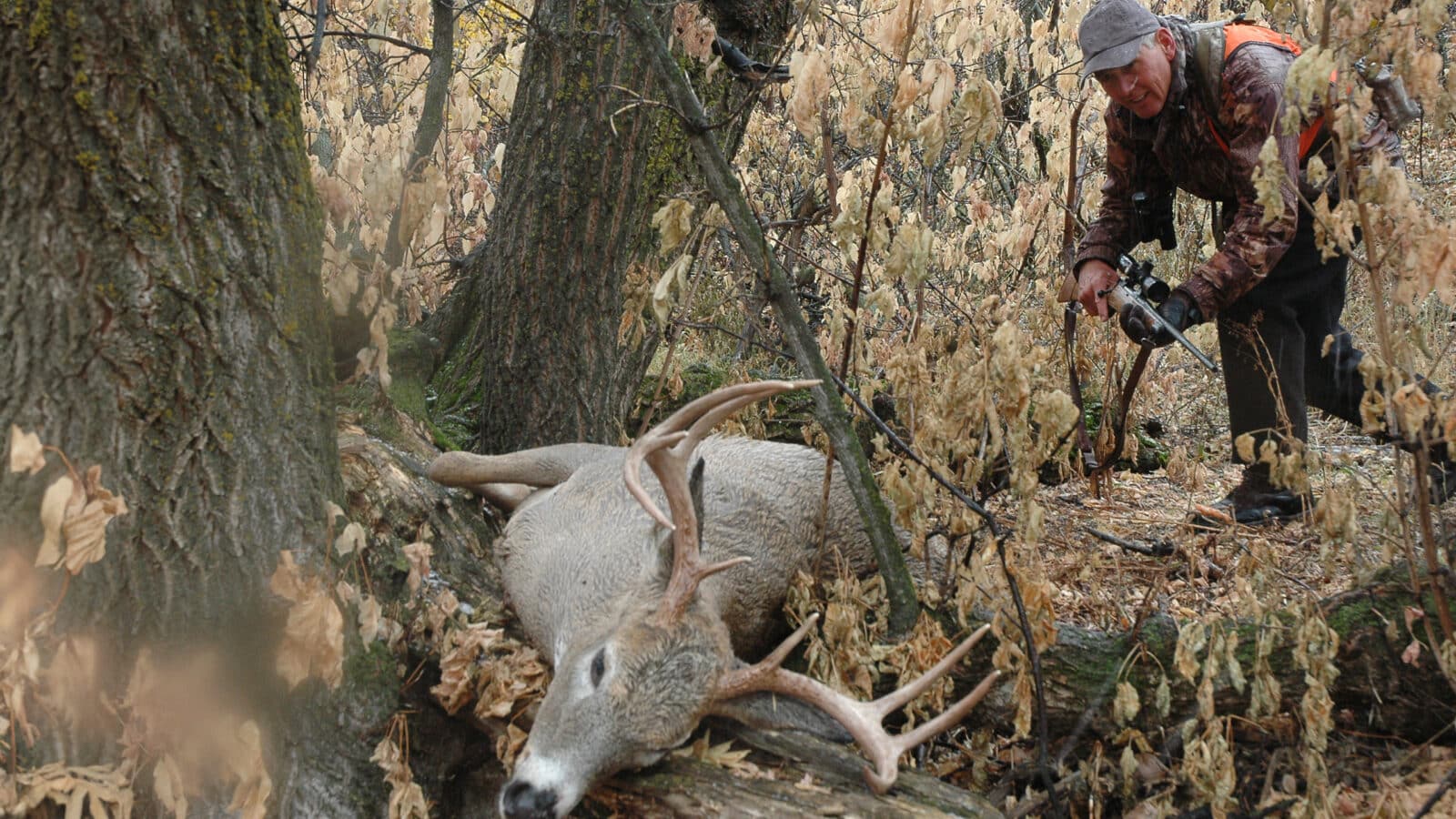



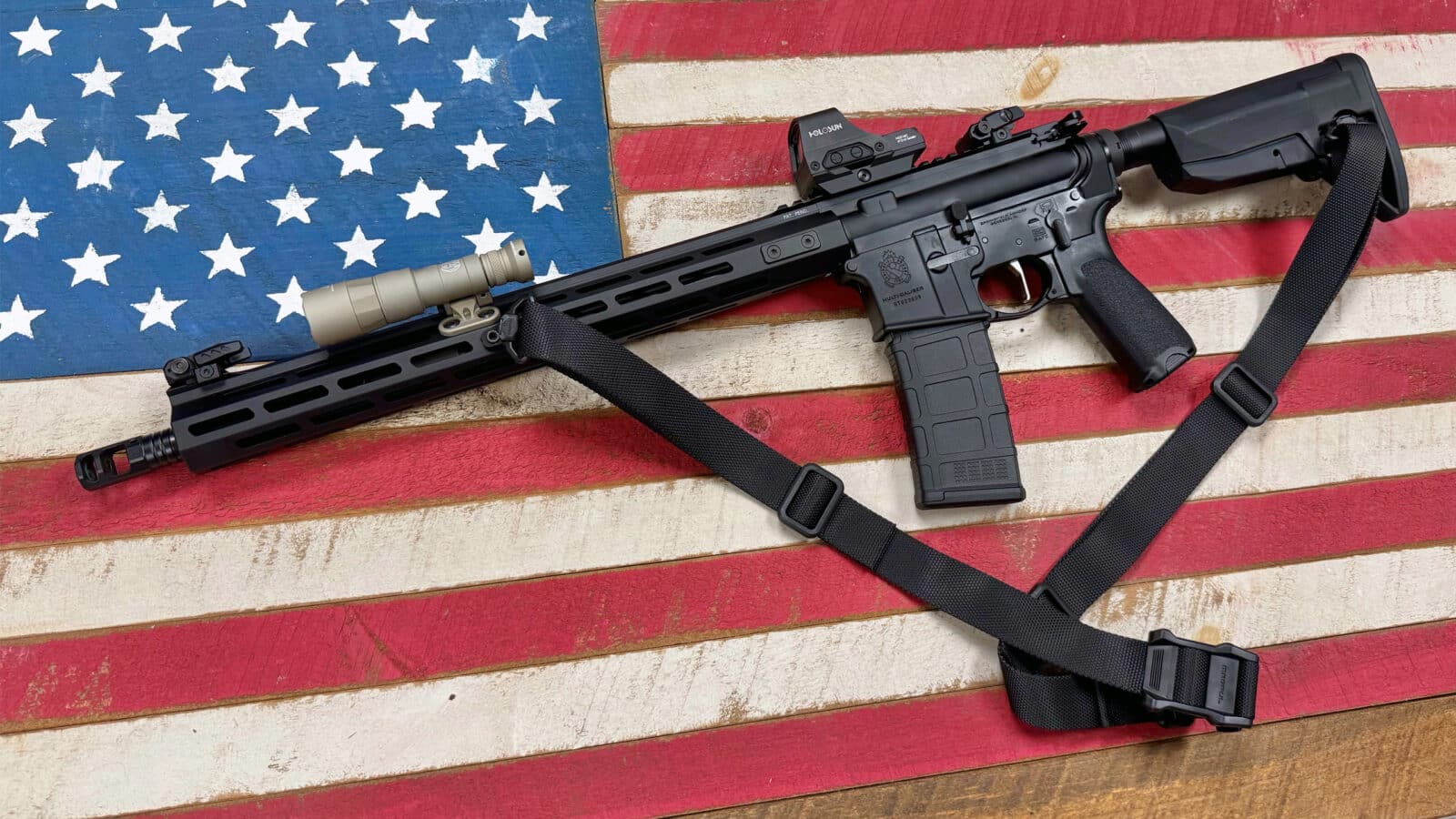





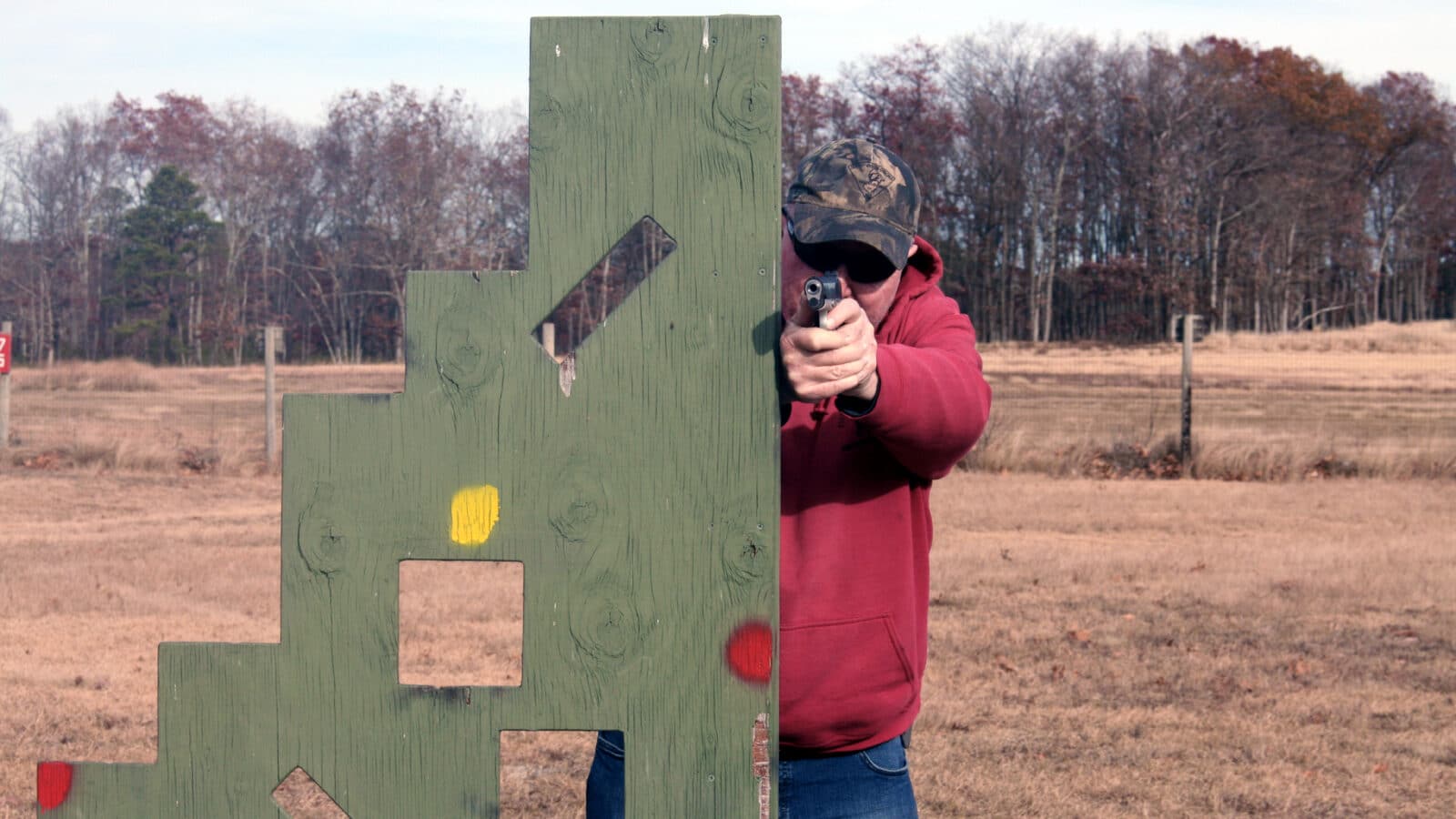



Leave a Reply